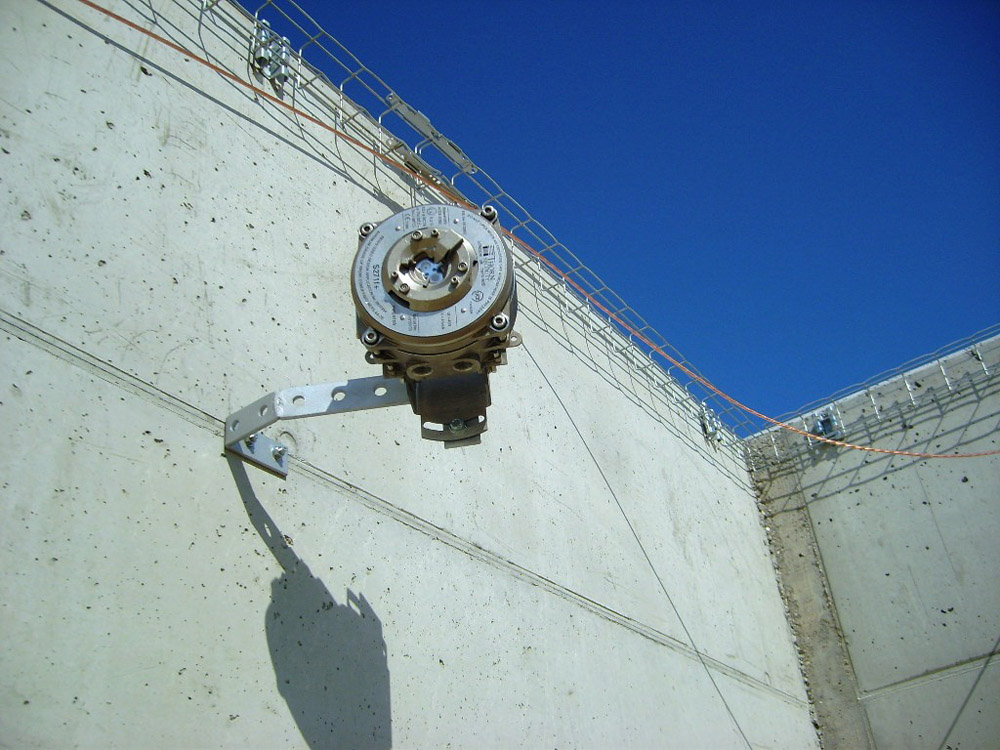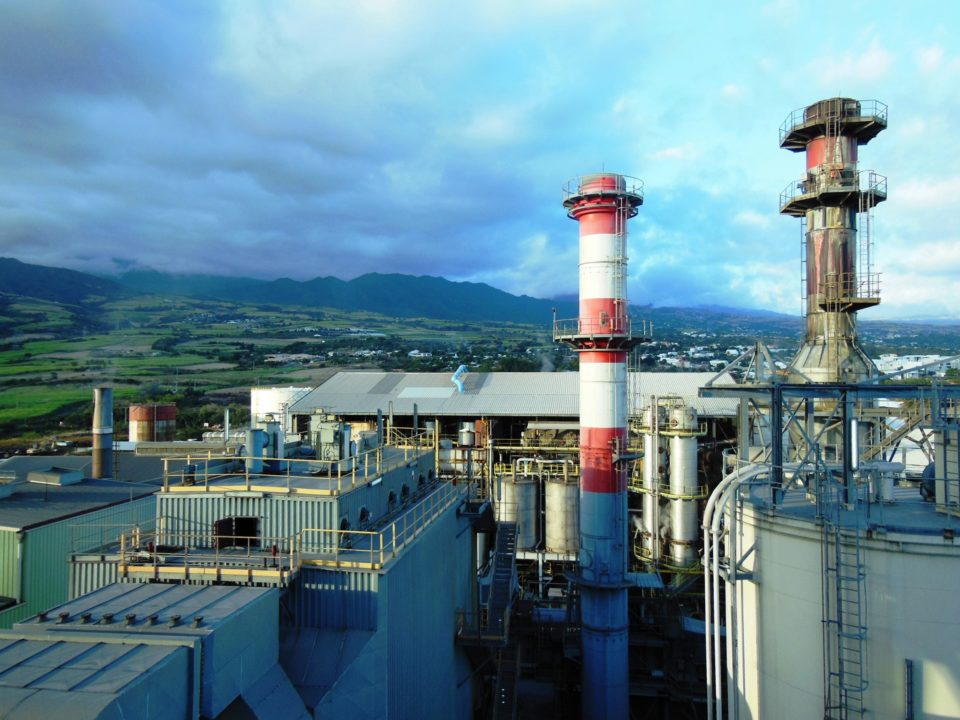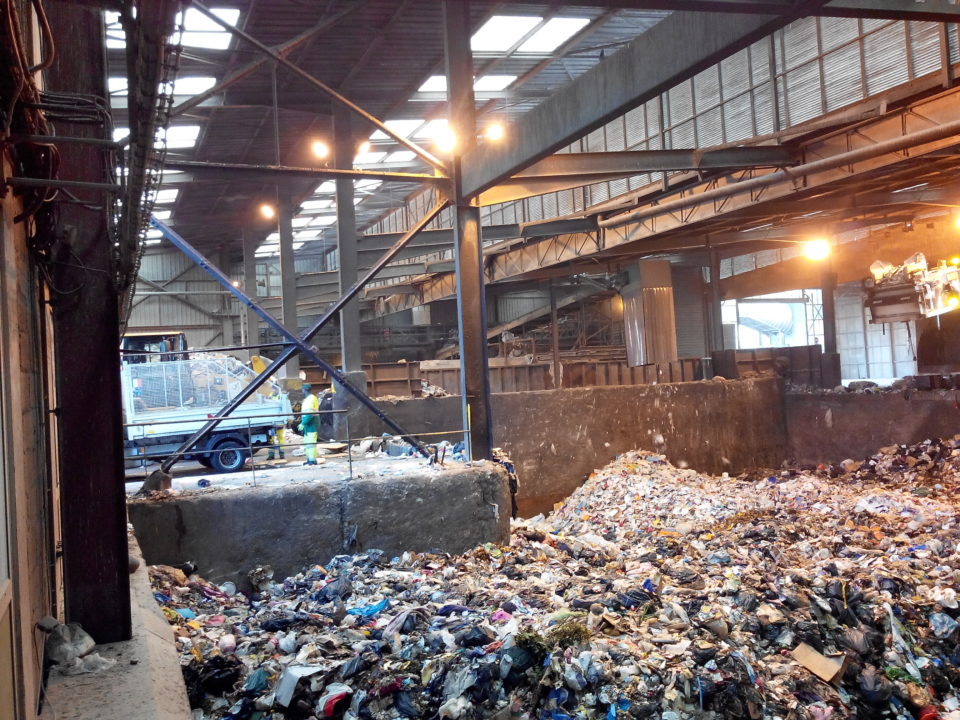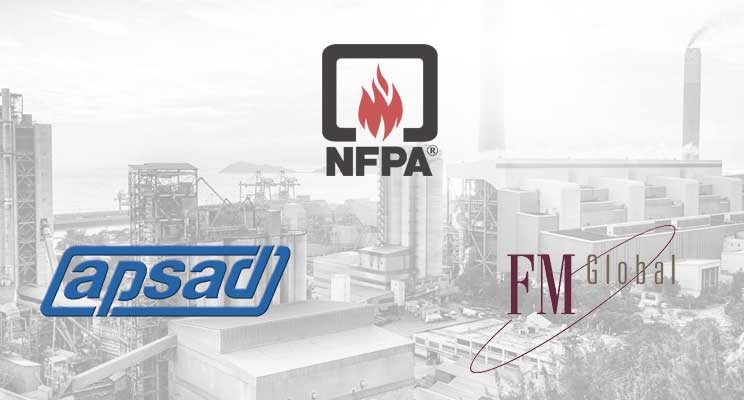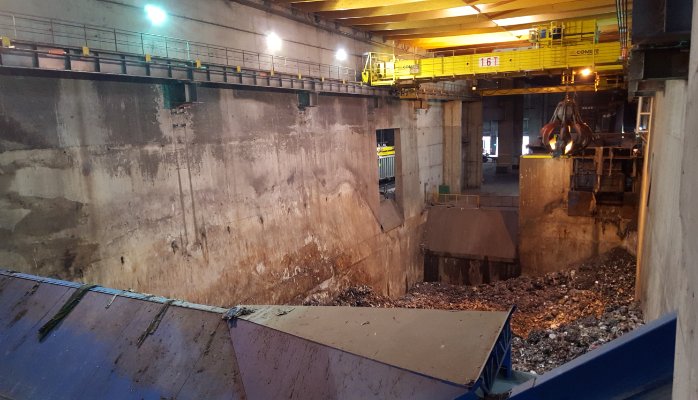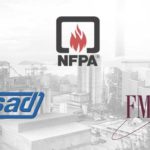
Insurer Standards in fire safety
1 May 2017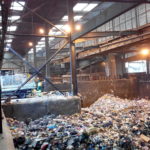
The importance of fire issues in waste treatment
25 June 2020The waste treatment and recycling sector has changed considerably in recent years. A complex – and costly – automated process has been created to offer high-performance production facilities which are most often housed in new or existing buildings. These buildings must meet aesthetic and environmental requirements, occasionally at the expense of adequate control of fire-related hazards.
To make matters worse, the operators are often not the buildings’ owners. The approach to the fire hazard is not therefore always taken into consideration sufficiently ahead of projects. The weak spots most commonly highlighted are a lack of fireproof walls, insufficient distances between buildings (or storage areas), combustible walls, a lack of fire valves, etc. The upshot of these discrepancies is that fires have increasingly costly consequences in terms of damage and loss of production.
And yet this activity is considerably exposed to fire hazards as we unfortunately read all too often in the press. This is notably caused by waste being incorrectly sorted before it reaches the facility, with “undesirable” or even prohibited items (flammable liquids, distress flairs, gas bottles, etc.) finding their way on to automated sorting lines.
Waste treatment and recycling sector obligations
Legal or contractual obligations require centres to install equipment to tackle the risks of a fire outbreak. The installation of a Fire Safety System (FSS) is therefore necessary. Most of the standardised technologies currently available on the market are compromised by the severe constraints relating to the process. These include building heights (often over 10 metres), high dust levels, the presence of fumes that may resemble an outbreak of fire, a deodorising system creating significant air movements in some areas, and a harsh atmosphere that may be corrosive, dry or, conversely, very damp.
Alternatives to the fire detection systems installed
In the waste treatment sector, air sampling detection systems are often installed as a matter of course. However, despite effective automatic declogging features, increasingly elaborate filters, reinforced maintenance, etc., the stability of an air sampling unit cannot be guaranteed. It should be remembered that a “stable” fire detection system(i.e. with no spurious alarms) may mean that the system is not as sensitive as it might be. Accredited performance tests exist for this purpose, and these should be performed under actual operating conditions (dust, fumes, deodorising system running, etc.).
In view of the recurrent failure of current fire detection systems, others that are not recognised – in the strict sense of the term – are being studied. These alternative solutions are focusing more and more on processing digital information from smoke, intrusion and flame detection cameras and infrared cameras. It is occasionally necessary to combine technologies for the harshest environments, as these systems also have weak spots (exhaust or brake discs of petrol-engined vehicles, dust, inadequate lighting, etc.).
The key to success lies in conducting a hazard analysis. This must be performed in close cooperation with the operator and the building owner, by making a detailed list of the requirements to be taken into consideration.
For more informations on Fire Safety Engineering



